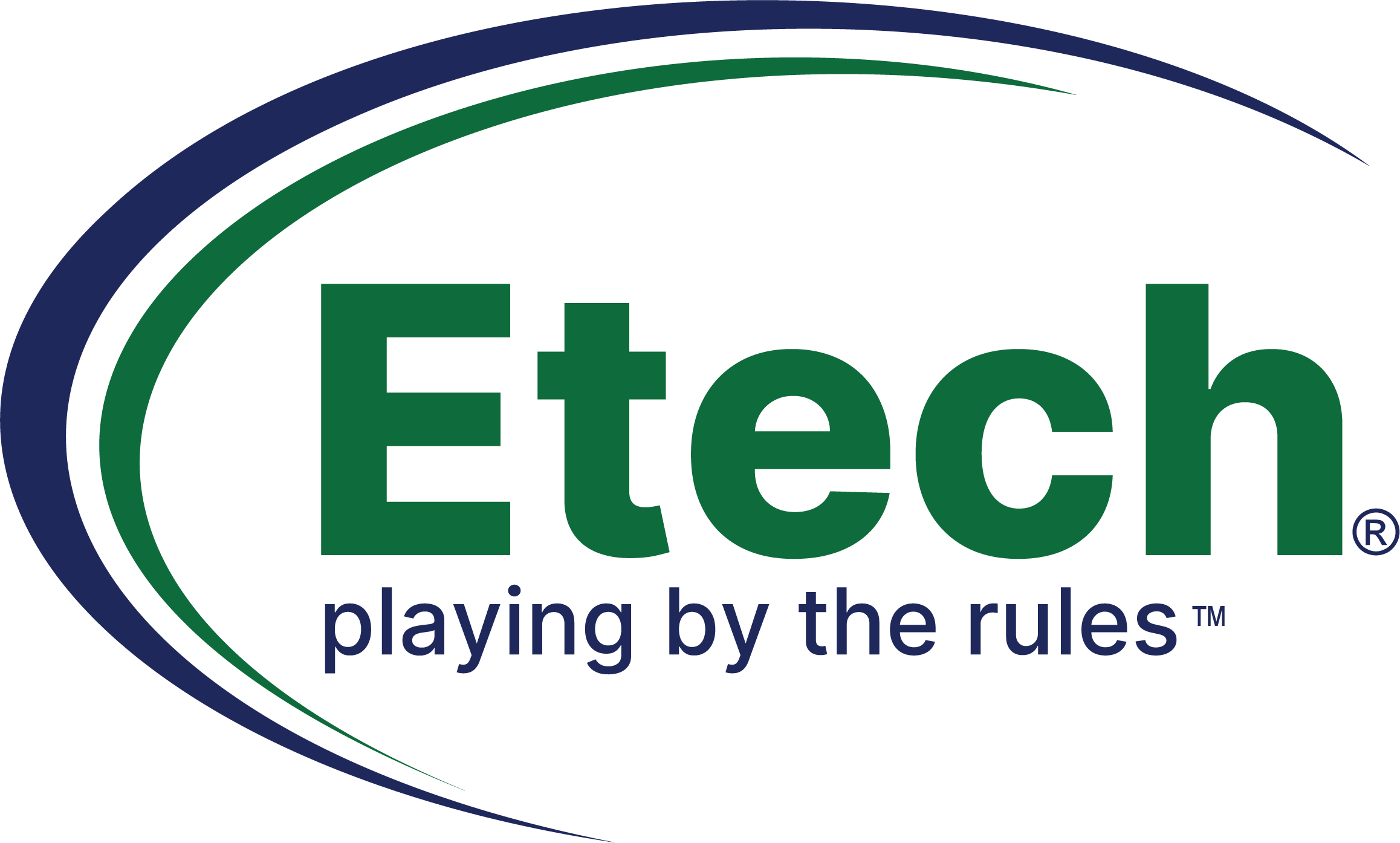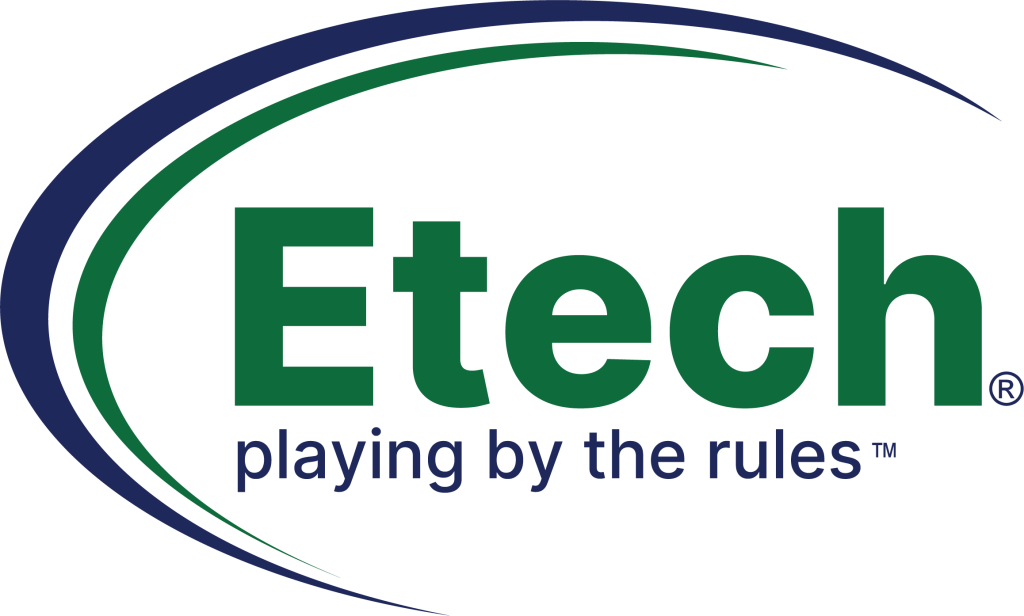VISION: What is it? Why does it matter?
#6 in the Character Commitment Series VISION: WHAT IS IT? Besides the obvious as it pertains to our ability to see with our eyes; what exactly is Vision? Well, here’s a definition of Vision: The act or power of anticipating that which will or may come to be….Prophetic vision; the vision of an entrepreneur. Hmmmm………OK. That narrows it down a bit; it certainly takes it beyond the realm of physical sight to more of seeing with the “mind’s eye.” But when we hear the word “Vision” thrown around the corporate world, what exactly does that mean? Well, that’s a great question! Although I’ve been involved with developing “vision” for Etech and felt that I had a good working knowledge and understanding of vision, sitting down to write about it proved to be a bit of a challenge. To help me “sort through” it all, I relied on my usual research methods which are to look up the definition (see above) and to find some relevant articles on the subject. One of the articles I came across was a blog titled: Leadership Freak. This particular blog entry focused on Vision and provided some excellent quotes that really define what vision is. “Vision always centers on people never projects, programs, properties or profits.” This quote spoke to me because it clearly defines what the focus of Vision needs to be, and that’s people. Not that goals and profits are bad, but those should never be what drives us, not as individuals or as a business. “Vision answers the question: How will we make the world better for others?” I loved this one! If our company vision statement doesn’t answer this question, (Etech’s does!), we need a new vision. “Vision makes work meaningful.” Jesse Stoner. “Vision Points”. I think these two quotes were my favorites: Vision is the compass for our direction and that direction should always be filled with purpose. I appreciated the insights provided from this blog, because they so clearly define what vision is and what it “looks like” in action. WHY DOES IT MATTER? That’s another good question. Why does having Vision matter? The first answer that came to my mind was this: “Where there is no vision, the people perish.” Proverbs 29:18. It matters because it literally gives LIFE to a person or an organization. There has to be a Vision provided or we’ll go nowhere and eventually dry up. We all need purpose and a reason for doing what we do, otherwise, there’s really no point is there? As I wrote this blog, it got me thinking about our company, Etech Global Services and our corporate vision. Etech’s Vision is “to make a remarkable difference for our customers, our people and within our communities.” Every one of our employees can tell you our corporate vision and every employee is committed to this vision. Not only that, but we esteem vision so highly we’ve included it in the Twelve Character Commitments that are the foundation of the culture of our company. I’m proud to be part of an organization that believes in and understands the importance of Vision. As I look back over the life of this corporation, I can see how Vision has allowed us to make a “remarkable difference” and continues to give life to our company. This blog entry was written by Matt Rocco, President and General Manager of Etech Global Services. If you would like to learn more about Etech and contact center technology and service solutions, please contact us at info@etechgs.com.


